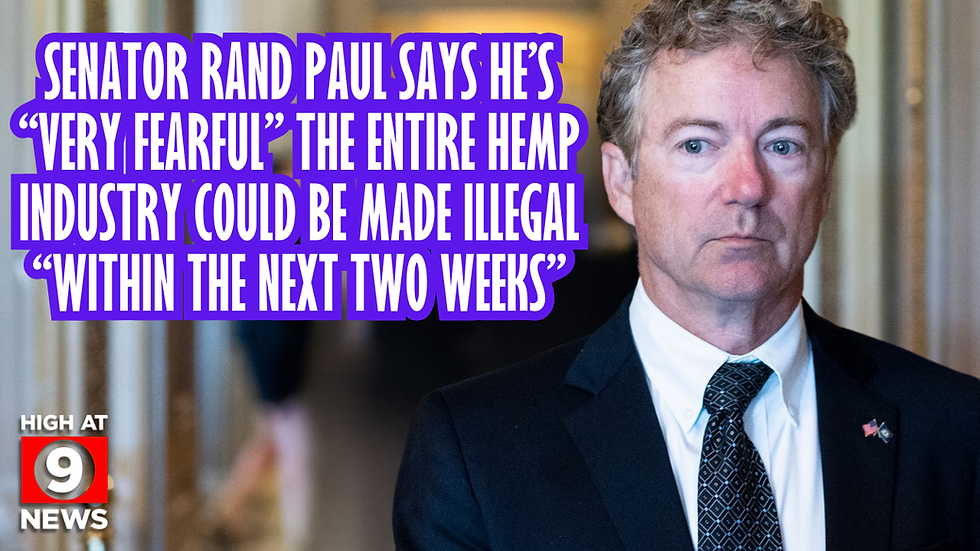DEA Museum Highlights Nixon’s Pen as a Pivotal Artifact in U.S. Drug Policy History
- Jason Beck

- Jun 18
- 2 min read
Updated: Jun 19
June 18th 2025

The Drug Enforcement Administration (DEA) Museum prominently features a historic artifact: the pen used by President Richard Nixon in October 1970 to sign the Comprehensive Drug Prevention and Control Act, a landmark statute that formalized the modern framework for federal drug prohibition and enforcement. Displayed alongside a signed photograph of the act’s first page, this item is showcased in the museum’s video series, Stories From the Collection, which aims to illuminate significant objects in its archives. Museum Technician Emma Miller, the series host, describes the set as commemorating “a pivotal moment in federal drug law enforcement.” The pen, originally a gift from Nixon to Jack Ingersoll, then-director of the Bureau of Narcotics and Dangerous Drugs (the DEA’s predecessor), is one of over 45,000 artifacts, photographs, videos, and documents in the museum’s collection, each illustrating key moments in the history of federal drug policy and enforcement.
The Comprehensive Drug Prevention and Control Act, particularly its Title II—the Controlled Substances Act (CSA)—established the five-tier scheduling system (Schedules I to V) for classifying substances based on their perceived medical value and potential for abuse. This framework remains a cornerstone of U.S. drug regulation. On June 17, 1971, Nixon intensified the federal government’s efforts by declaring drug misuse “public enemy number one,” calling for a robust offensive backed by increased legislative authority and funding. The pen, symbolizing the act’s passage, underscores the DEA’s enduring commitment to enforcing these policies.
The museum’s presentation of this artifact has sparked discussion, with critics like Helen Redmond of Filter arguing that it contributes to a narrative that sanitizes the drug war, portraying the DEA as succeeding in a justified campaign. This perspective is particularly relevant amid ongoing debates about cannabis policy reform. The proposed rescheduling of marijuana from Schedule I to Schedule III, initiated under the Biden administration, has stalled in the first five months of President Donald Trump’s second term. DEA administrative proceedings remain on hold, with no scheduled actions, prompting speculation about internal resistance within the agency, as noted by former White House Office of National Drug Control Policy Director Rahul Gupta and other officials.
The uncertainty is compounded by the nomination of Terrance Cole as DEA administrator, who has expressed concerns about marijuana’s risks, including links to youth suicide, but has not clarified his stance on rescheduling. Former officials suggest that decisive presidential action may be required to advance the reform. Trump’s position on cannabis has evolved, with past endorsements of medical marijuana contrasting with recent indications, as relayed by former Rep. Matt Gaetz, of personal opposition to policies perceived to increase drug use. Gaetz, once a vocal supporter of reform, recently suggested Trump’s campaign-era backing of rescheduling may have been politically motivated.
The DEA Museum’s exhibit, while a historical touchstone, reflects broader tensions in federal drug policy, from the legacy of Nixon’s drug war to contemporary reform efforts. Stakeholders seeking further information may contact the DEA Museum or visit its official website for details on its collection and educational programs.

















Comments